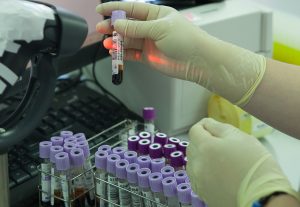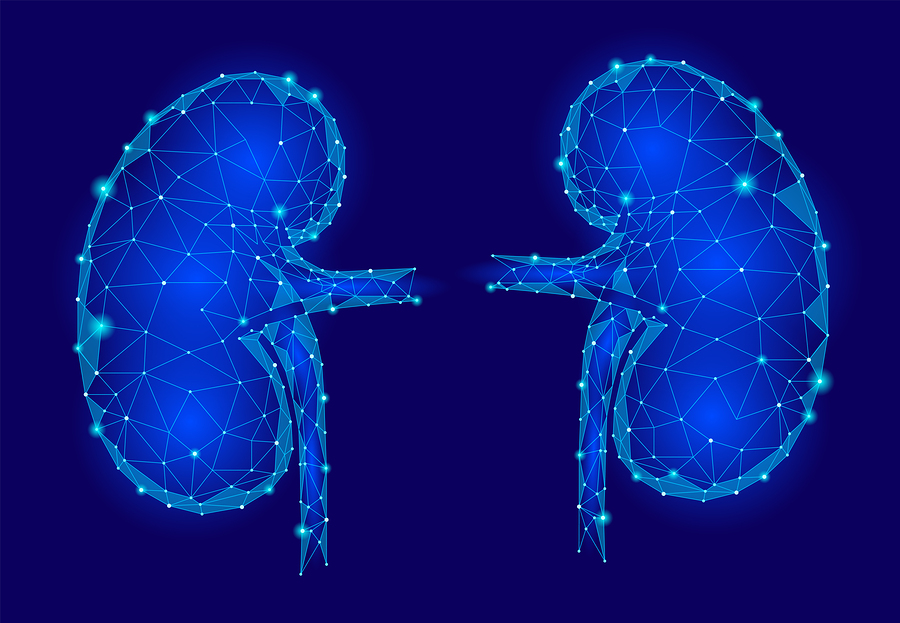The identification of a pair of unique genes associated with the diagnosis of Conn’s syndrome connects fifty percent of cases of hypertension (high blood pressure) for sufferers of the disease. | Forest Medical – Blood Pressure Monitor Calibration
Conn’s syndrome is a genetic disorder concerned with the overproduction of the hormone “Aldosterone” via a benign tumour found in Conn’s Adenoma adrenal gland, or Hyperplasia Tissue; also known as “Hyperaldosteronism”. The hope is that classification of the correlated genetic dysfunctions will accelerate the development of “Biomarkers”. Which will then facilitate the determination of Conn’s syndrome, a disease which often leads to complicated-drug-resistant high blood pressure.
Excess Aldosterone And Cases Of Critical Hypertension
“Among four and ten percent of hypertensive cases possess first-stage hyperaldosteronism. However, the percentage raises to twenty percent in severe high blood pressure sufferers, including patients with symptoms that are treatment-resistant”. Explained Dr Maria-Christina Zennaro, the lead researcher in recent studies of this challenging malady (hyperaldosteronism). “Therefore, all biomarker detections have signified fantastic progress in our understanding of the disease.”

Researchers examined DNA of benign tumour cells of the adrenal gland responsible for hyperaldosteronism to distinguish distinct genes implicated in the origin of the condition. The team benefited significantly from data supplied by the COMETE group, the most prominent research body studying Conn syndrome, including in-depth prognosis reports from five hundred subjects and the European network of ENS@T’s historical adrenal tumours analysis.
Approximately Fifty Percent Of Incidences Defined By Genetic Characteristics
What the scientists discovered is that two to five percent of patients with Conn Adenoma exhibited two mutated genes which encode proteins required in ion conveyance across the cell; the irregularity then leads to excess production of aldosterone. The first identified gene revealed the reason for forty percent of past cases; which later explained the origin of the disease in almost fifty percent of cases,” Dr. Zennaro further explained.

“This research opens the door for many more studies directed at enhancing the detection and characterisation of cases of hyperaldosteronism. We already know that patients with these mutations are more frequently men, who develop more severe forms, with higher levels of aldosterone and lower plasma potassium levels.”
The result will be improved response to treatment, advanced understanding of the route to identifying new biomarkers to detect hyperaldosteronism in hypertensive patients; and develop, if possible, new drugs to treat this severe form of high blood pressure.” concludes Dr. Zennaro.
Forest Medical – Blood Pressure Monitor Calibration
Checking your blood pressure at home is an important part of managing high blood pressure. Blood pressure monitors are available widely and without a prescription; so home monitoring is an easy step toward improving your condition. The accuracy of these machines depends on several factors, such as a correct cuff size and proper use of the machines. Ask your doctor for advice on using public blood pressure machines.
As we specialise in blood pressure monitor calibration, we can provide all the help you need to keep your home blood pressure monitor in good condition and working at its very best, ensuring that you can continue to receive accurate results and stay well informed about your health. Whether your monitor requires a repair or you simply wish to make sure it is in full working order and giving you accurate readings, we can provide the help you need.
Our service is fast and convenient for you, so you are not left without your vital medical equipment for long periods of time. We aim to complete the calibration and checking of your equipment within 24 hours. If required, we can repair it free of charge. If you have any concerns about your home testing equipment, send it to us and let us help you keep an eye on your heart health.
Source
Beuschlein et al. Somatic mutations in ATP1A1 and ATP2B3 lead to aldosterone-producing adenomas and secondary hypertension.
Nature Genetics, February 14, 2013, Online Edition

